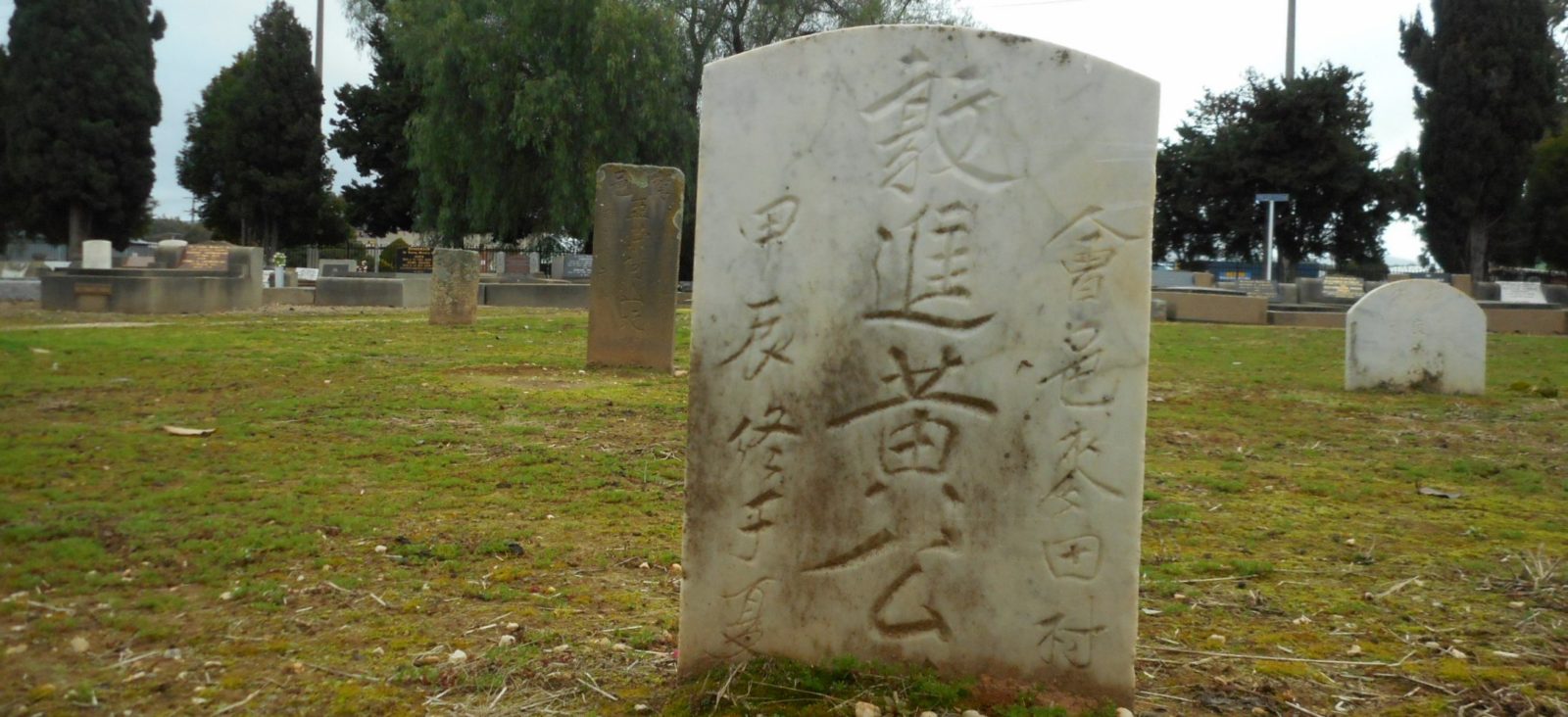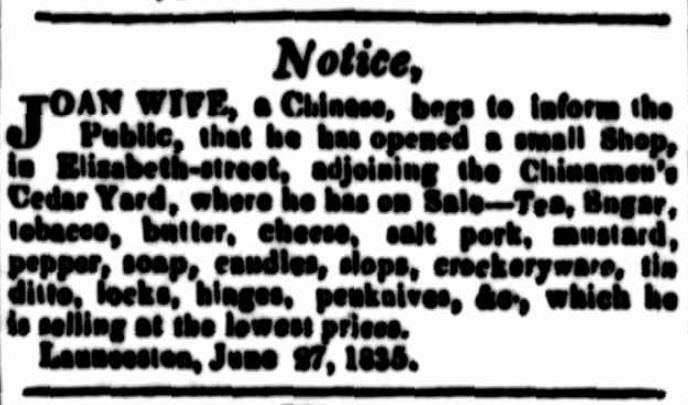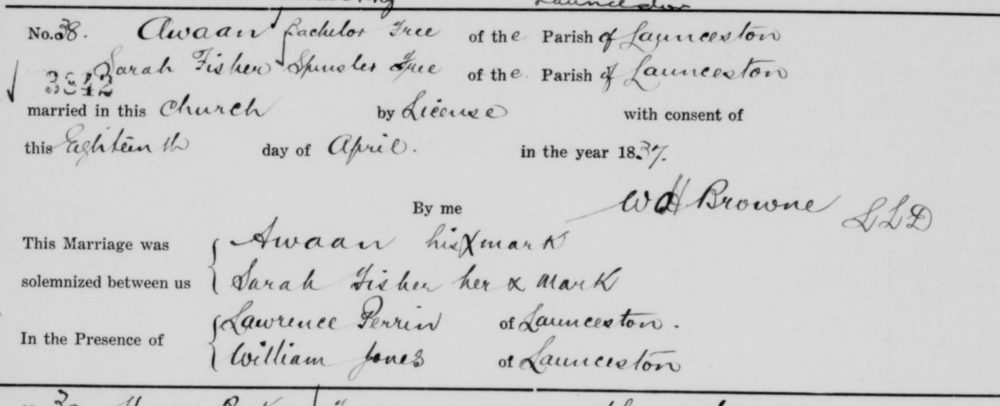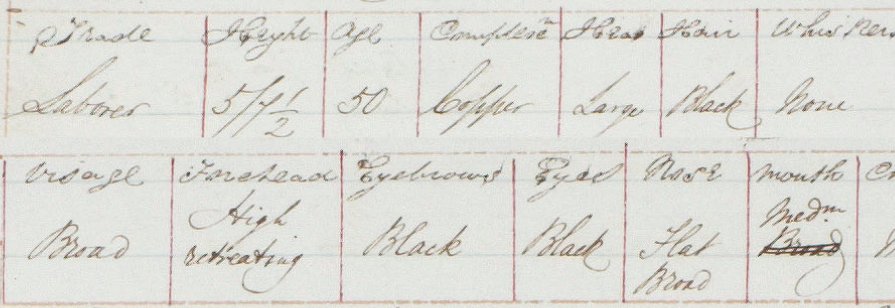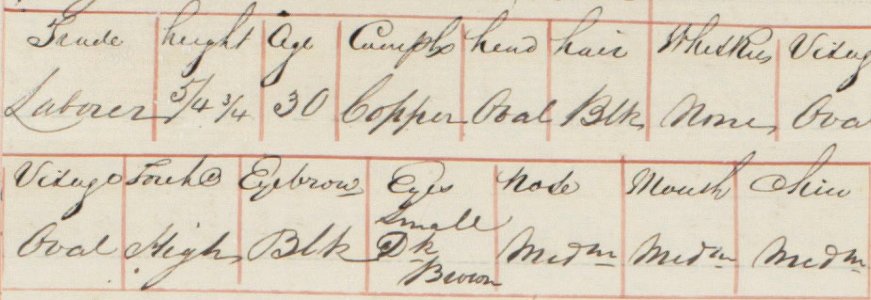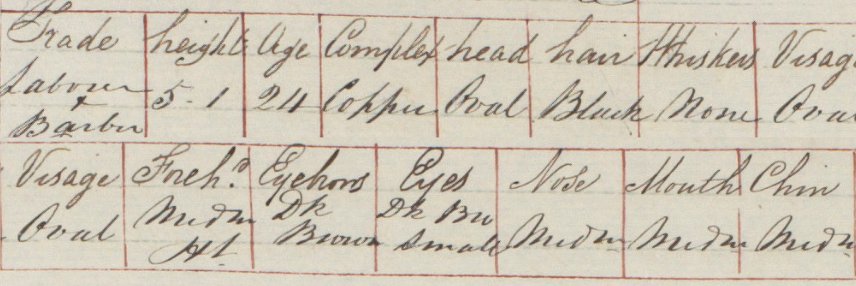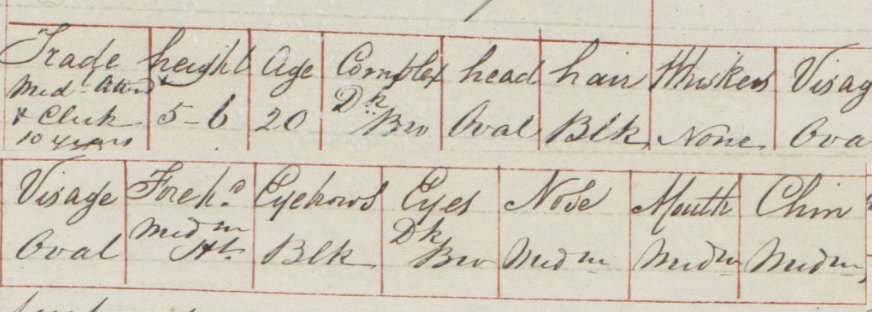From trial of Awaan for manslaughter (April 1842).
Awaan, (a Chinese) was indicted fore manslaughter of Sarah Awaan, his child, on the 24th January last. he prisoner ws arraigned, and pleaded ‘Not Guilty.’ It was found necessary to procure the services of an interpreter, Awaan, not being sufficiently conversant with the English language to understand the proceedings. Another Chinese was present in Court, who after being catechised by his Honor, undertook to act as interpreter
Launceston Advertiser, 7 April 1842
A Chinese named John Wing, understanding a little more English than the prisoner, and professing to be a Christian, was sworn in as interpreter. . . The interpreter, who during this examination evinced a great deal more anxiety than the prisoner at the bar, seemed quite at a loss to convey the meaning of this last sentence ; and the Attorney-General was somewhat puzzled to simplify the answer. When at last the interpreter had explained the statement of the witness, the prisoner held up his hands and gazed around the Court with most graphic looks of astonishment, and an inexpressible appearance of horror in his features. The suspicions of the judge were immediately excited as to the faithfulness of the interpreter’s translation, and upon enquiry the prisoner’s astonishment was easily accounted for, the fertile imagination of his countryman having transmogrified the “corresponding injury” into a “leaden bullet,” and thus informed the wonder-stricken Awaan, “that upon opening the brain the doctor discovered a leaden bullet !” This trifling’ error having been rectified, the case proceeded.
Launceston Courier, 11 April 1842
